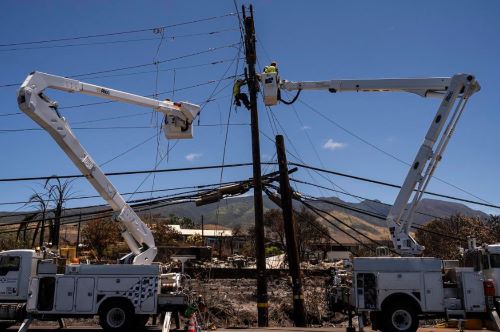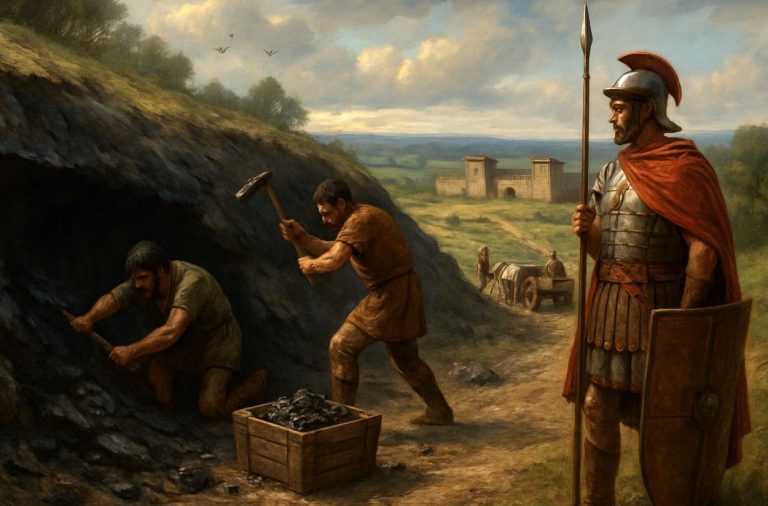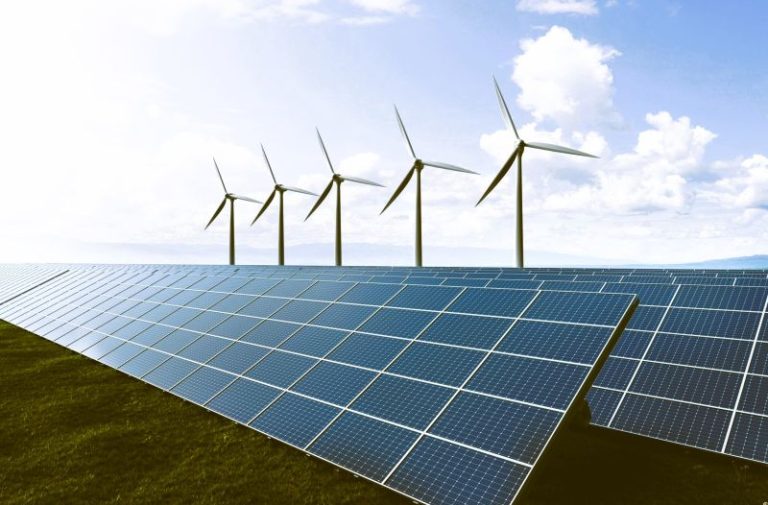

Investor-owned utilities have been at the forefront of numerous political scandals and ecological disasters.

By John Farrell
Co-Director, Institute for Local Self-Reliance
Director, Energy Democracy Initiative
Following the horrific wildfires on Maui, Hawaiian officials have launched an investigation into the events leading to over 100 deaths and the near-total destruction of the beach resort city of Lahaina. This scrutiny has included Hawaiian Electric Industries, the utility supplying electricity to 95 percent of Hawaiian electricity customers, and the owner of the power lines downed by high winds that smoldered in the dry grass.
On Monday, Hawaii Electric took responsibility for its power lines causing the first fire on the island, but claimed that firefighters failed to contain the blaze and left the scene, which led to a second fire that ultimately engulfed Lahaina. It added that its power lines were shut off for six hours by the time the second fire started.
Maui County countered that, without the initial spark from the power lines, the second fire would never have happened. “Pointing the finger on a fire that started 75 yards away and saying, ‘That’s not our fault, we started it but they should’ve put it out,’ I’m not sure how that will hold up,” said the county’s attorney.
Nearly two-thirds of Americans receive their electricity from for-profit corporations granted a monopoly over electricity distribution. In theory, state regulation protects the public from the excesses of these private companies. In practice, weak laws, poor oversight, and the swelling power of consolidation allow state-sponsored utility monopolies to cut corners and choke off competition in order to maximize profits.
READ ENTIRE ARTICLE AT THE AMERICAN PROSPECT


